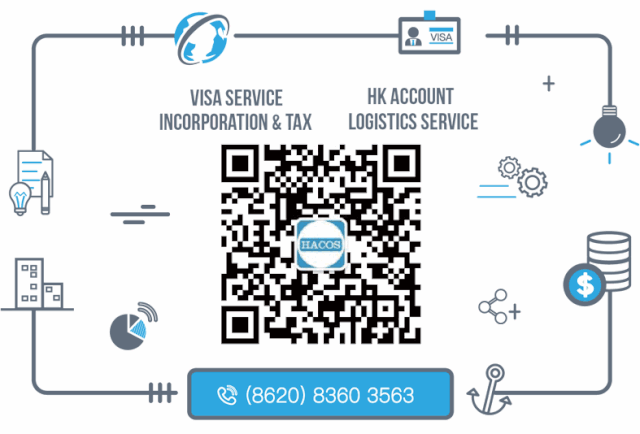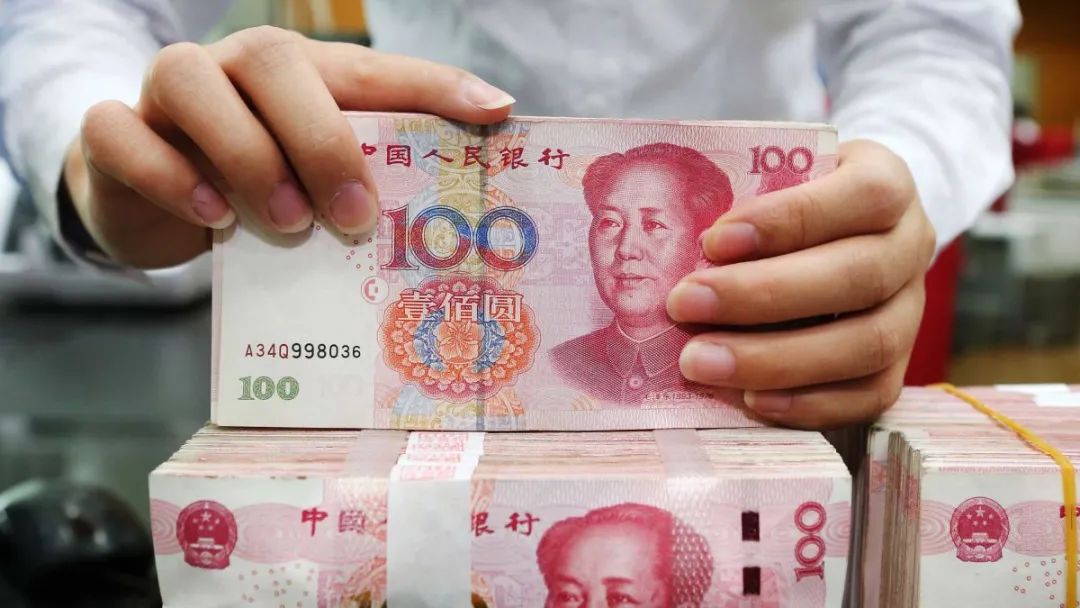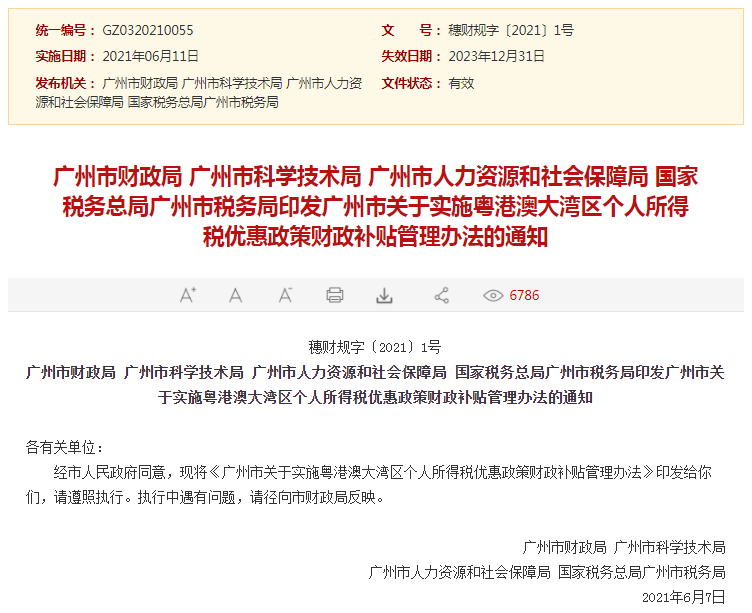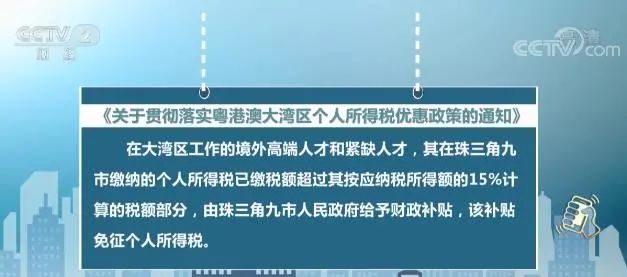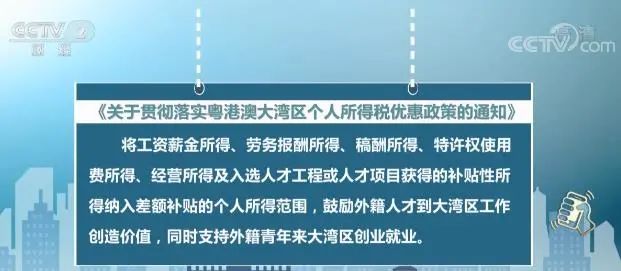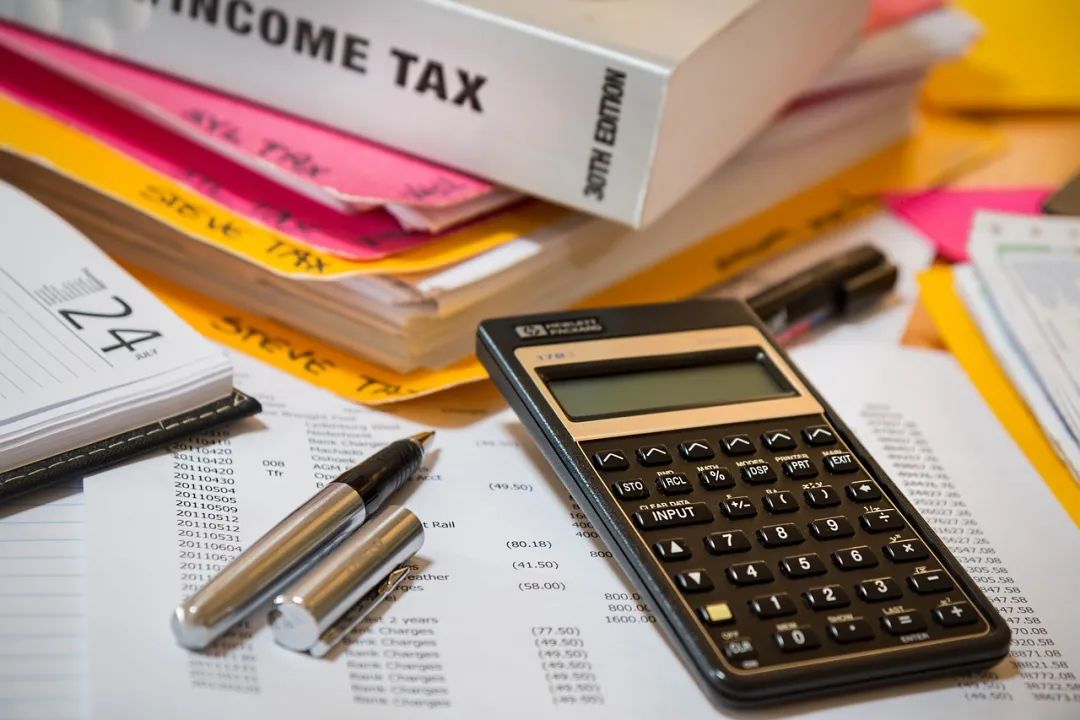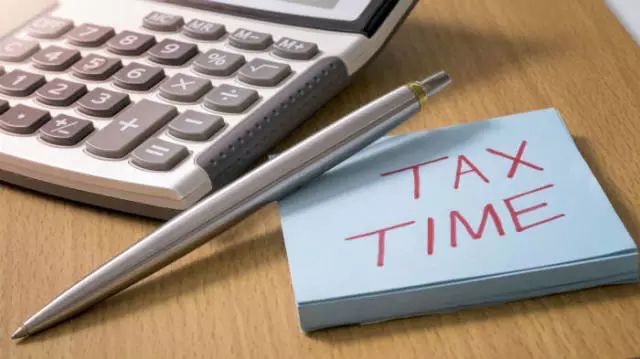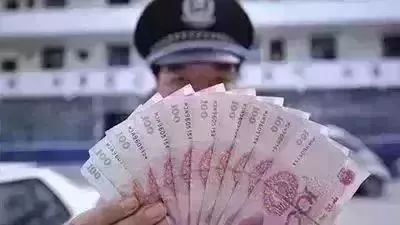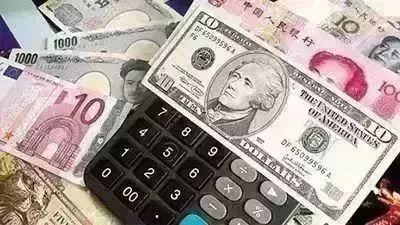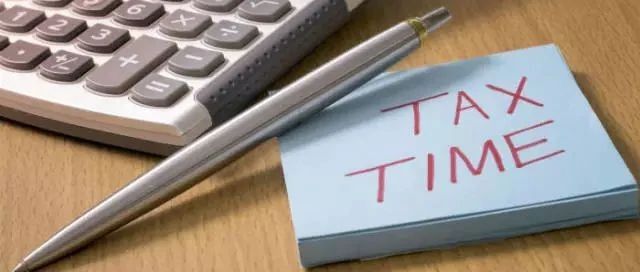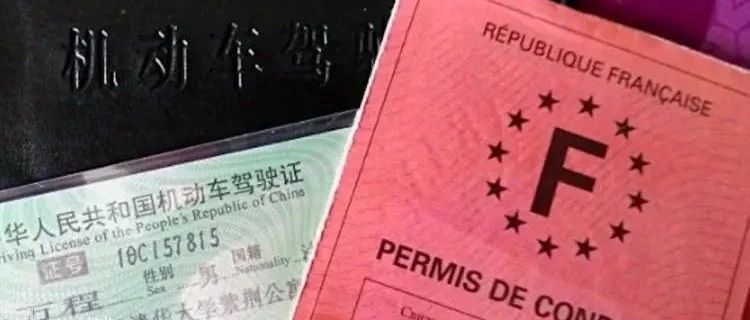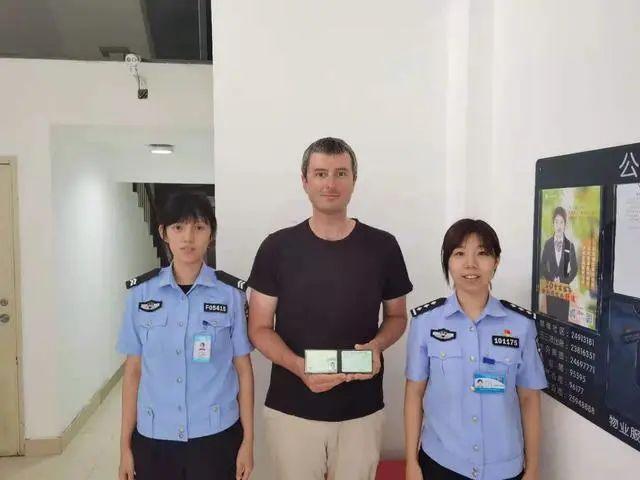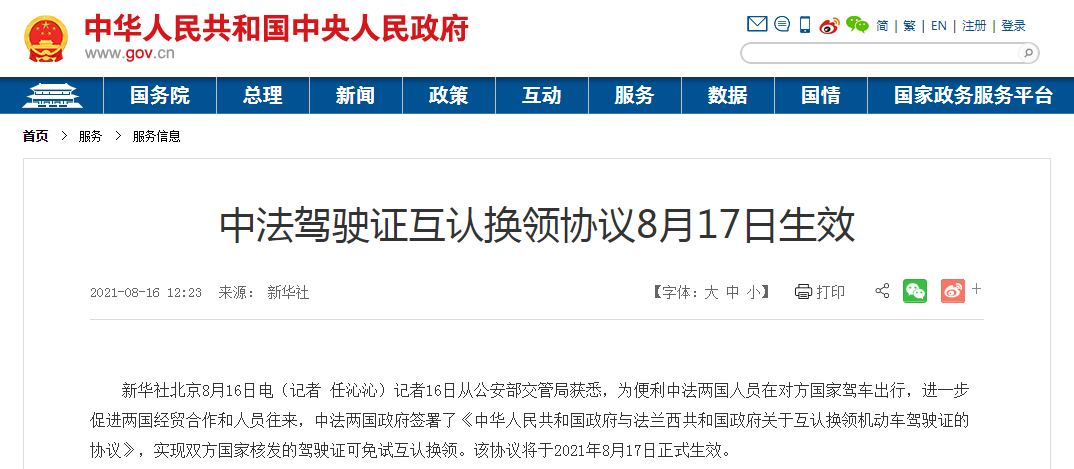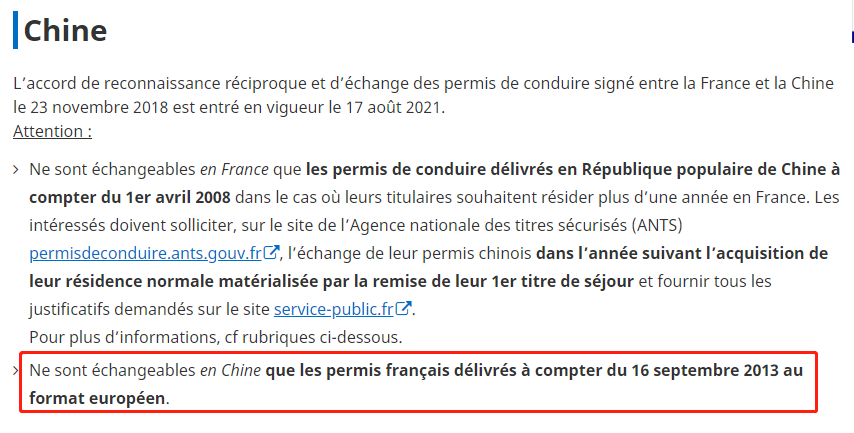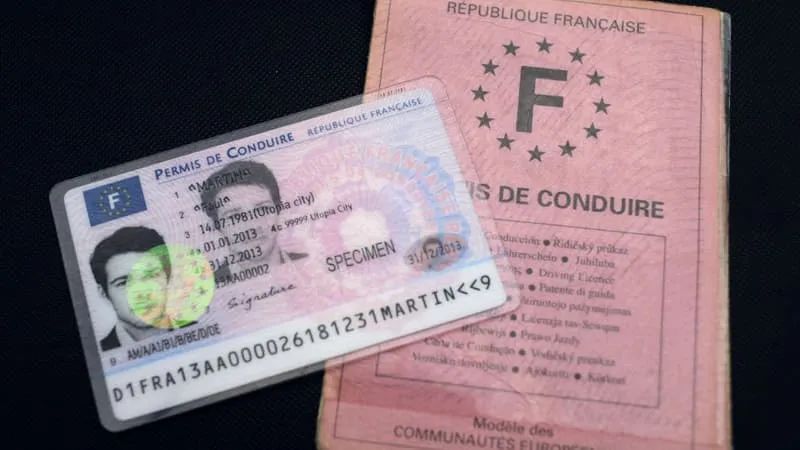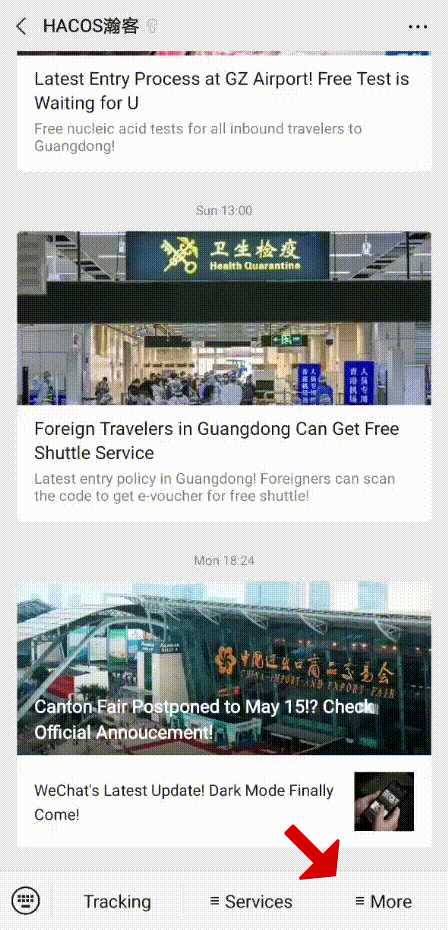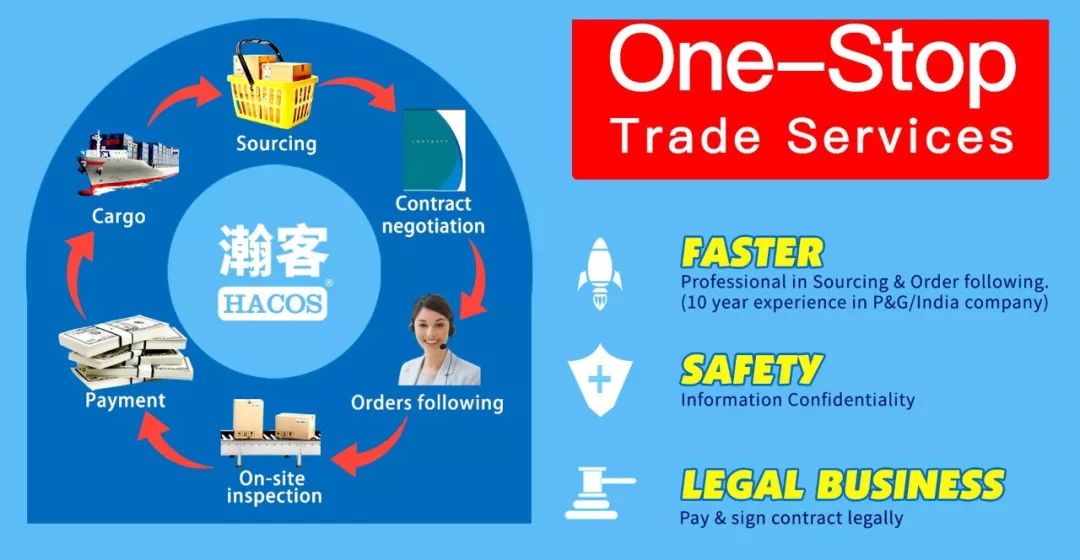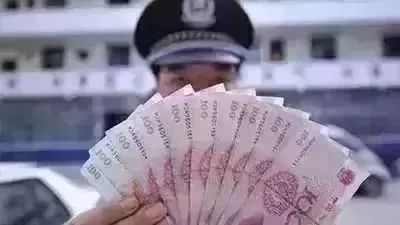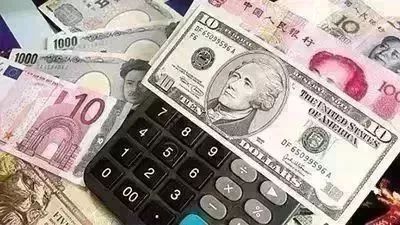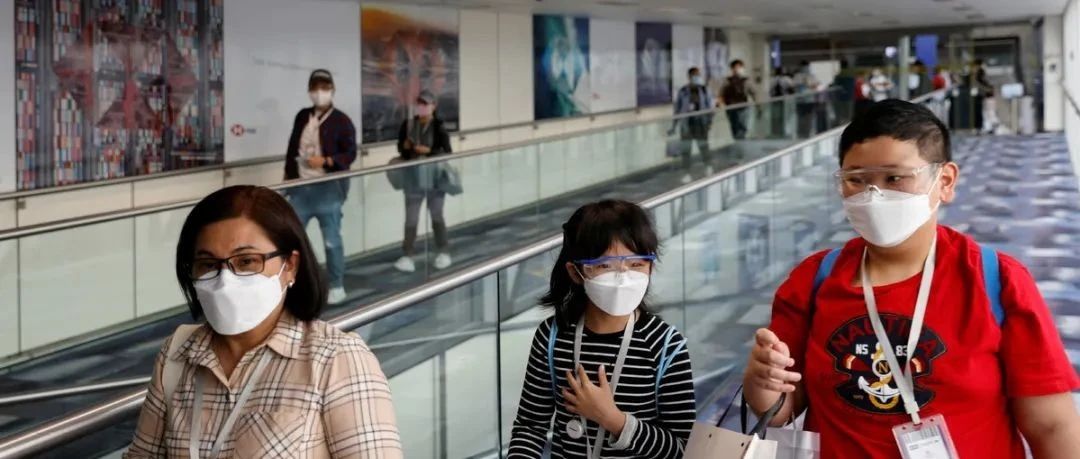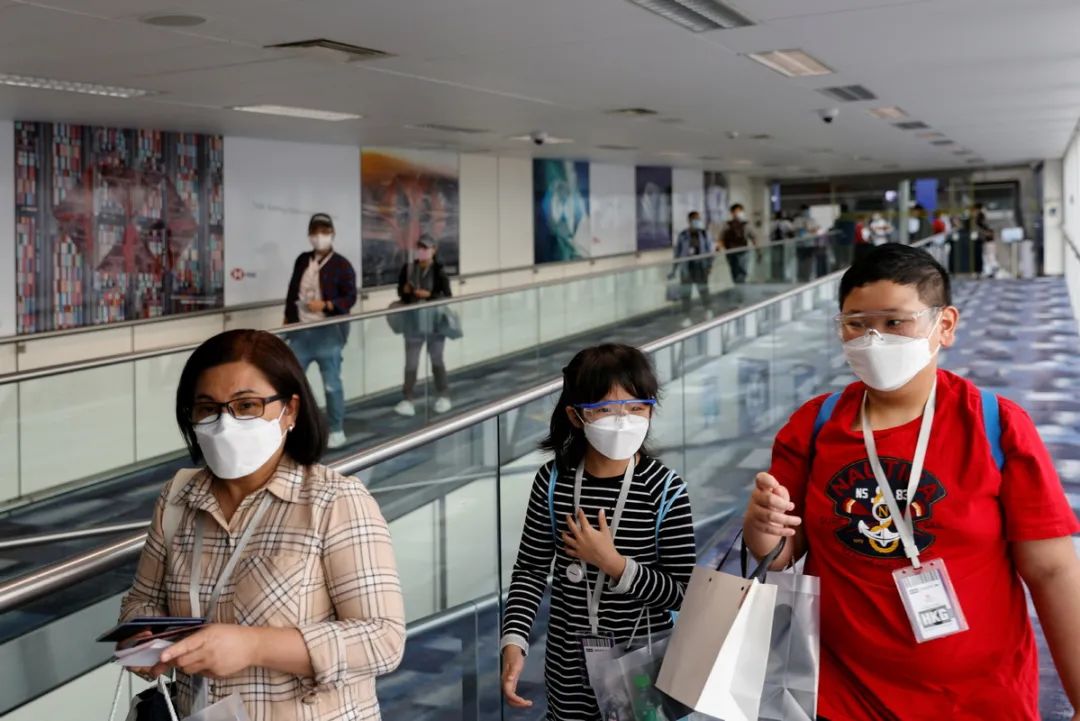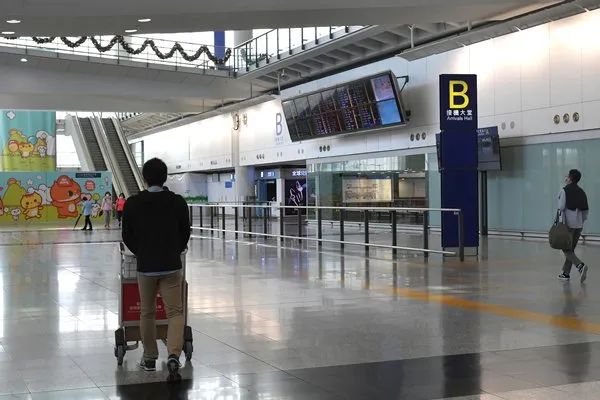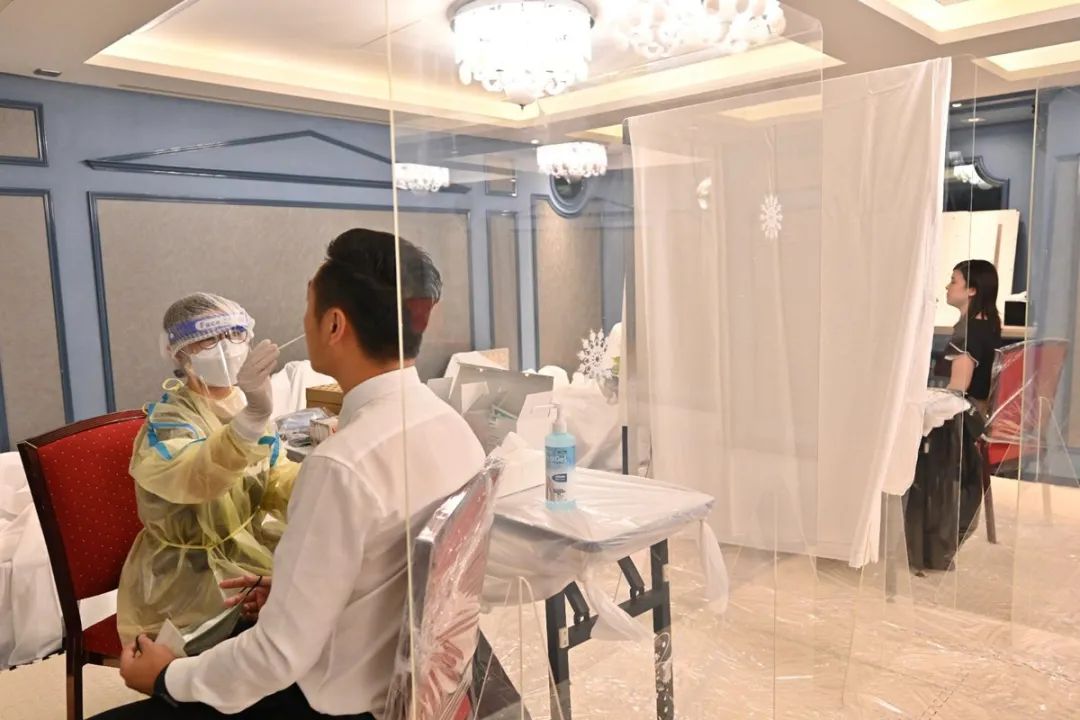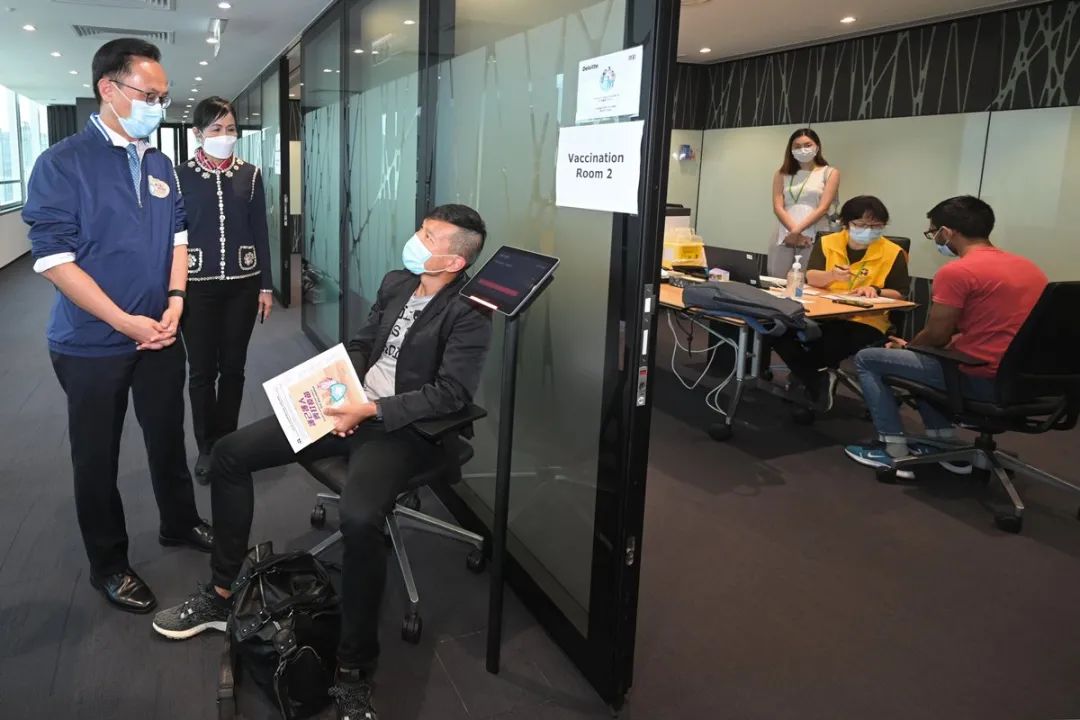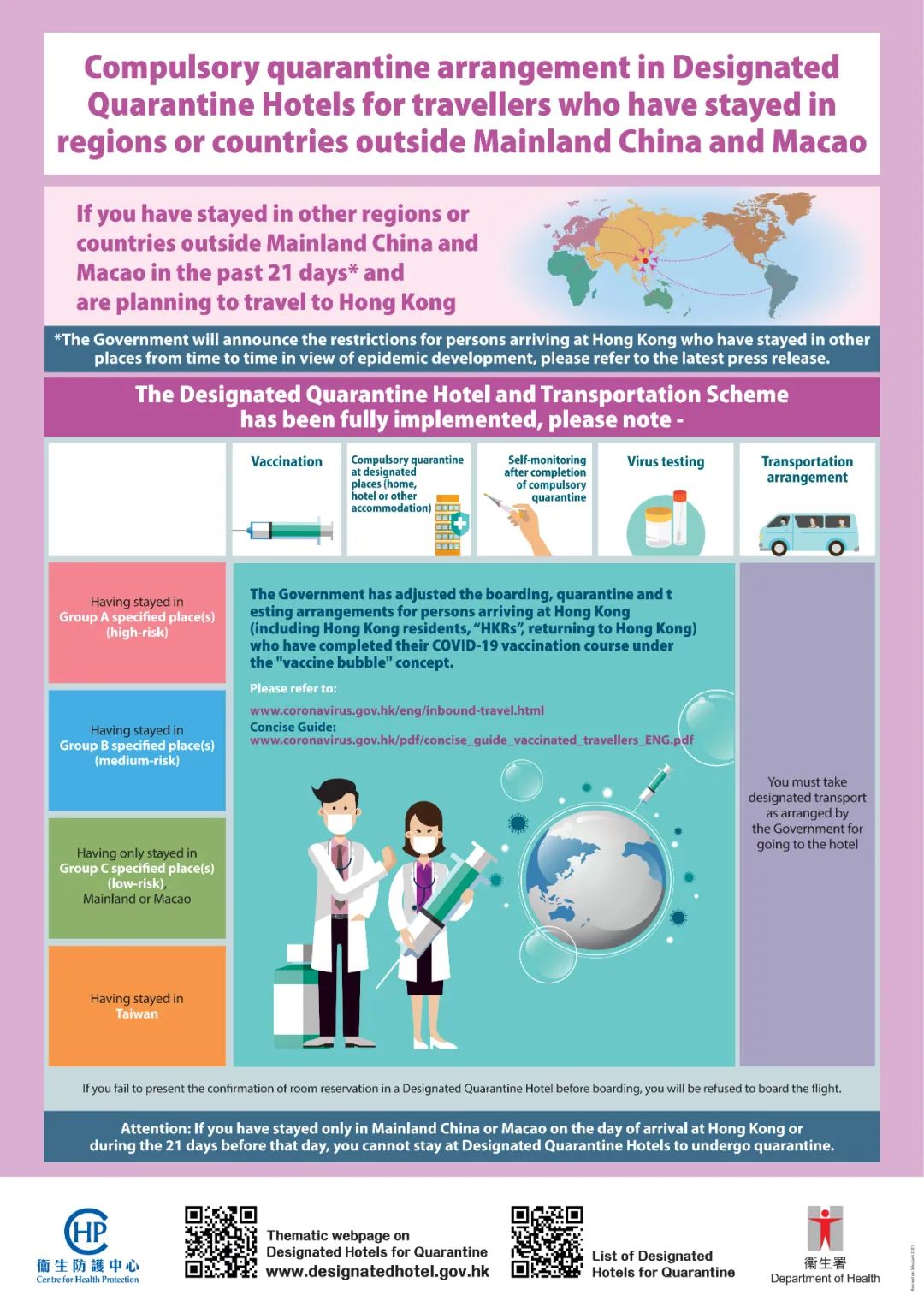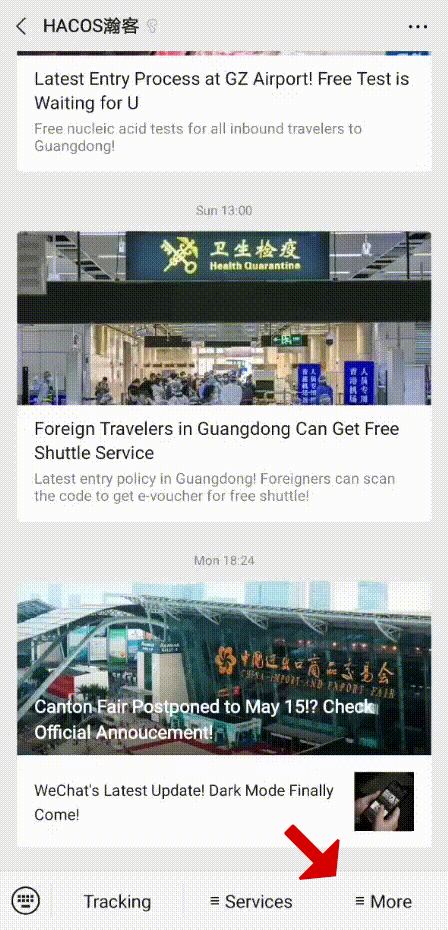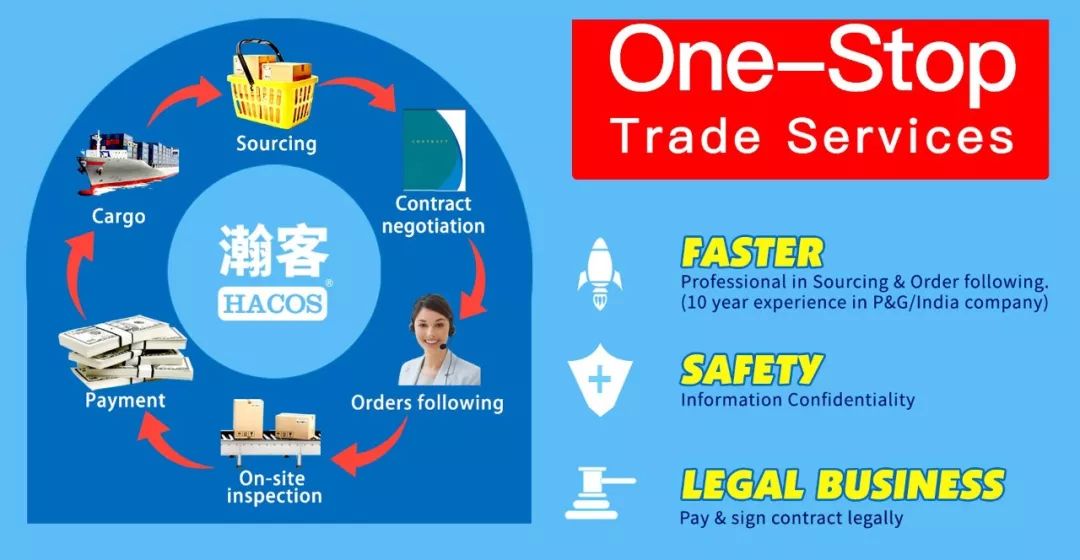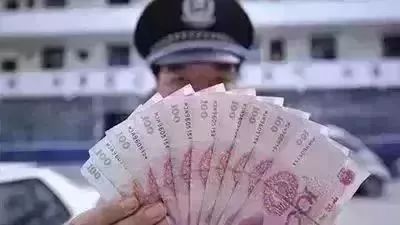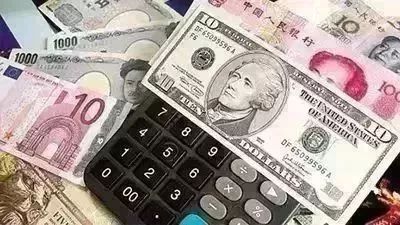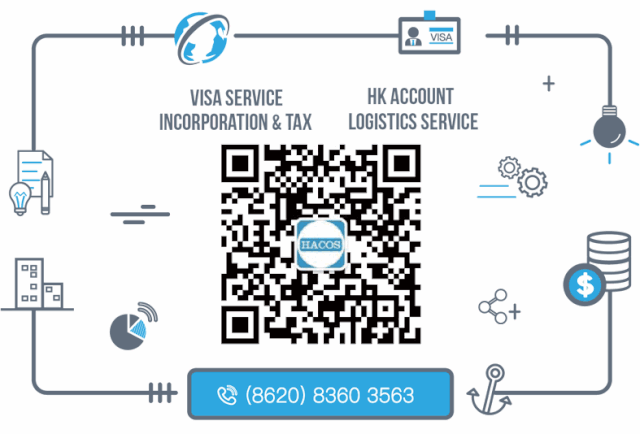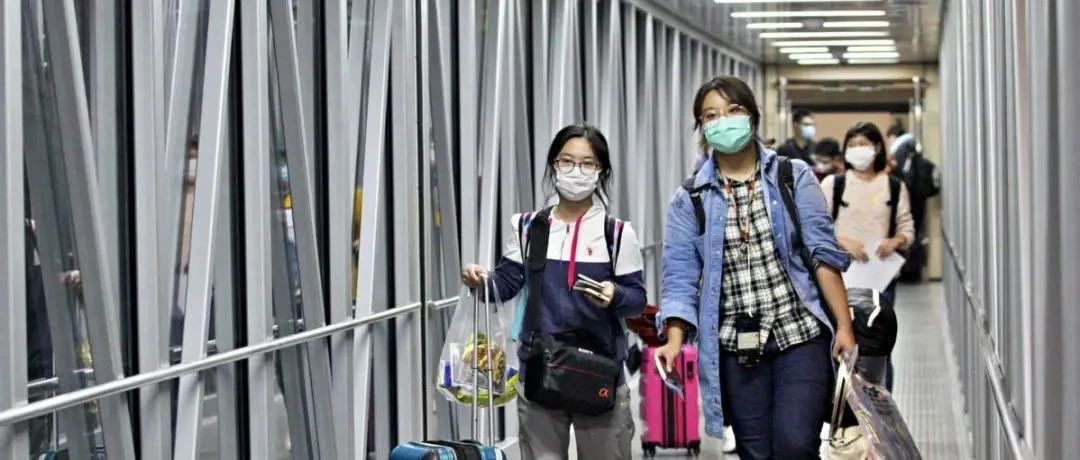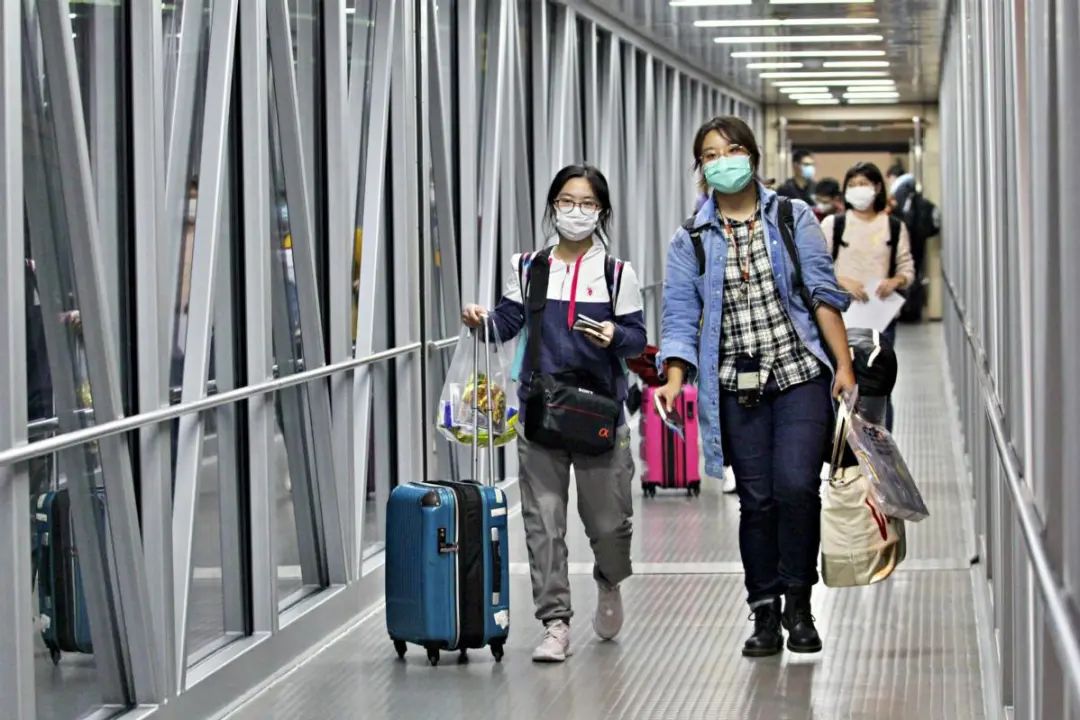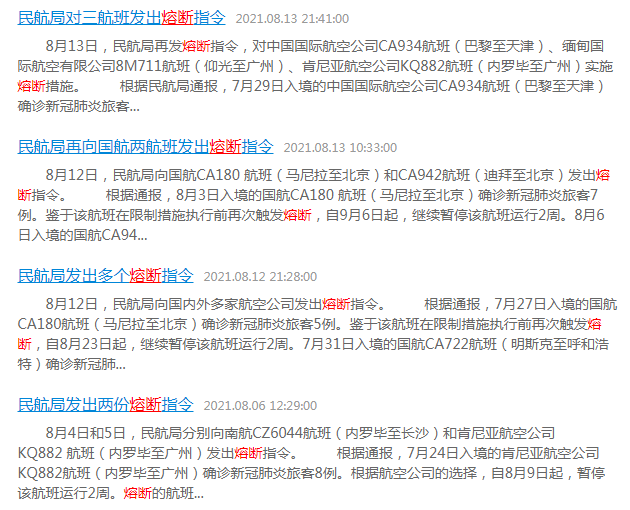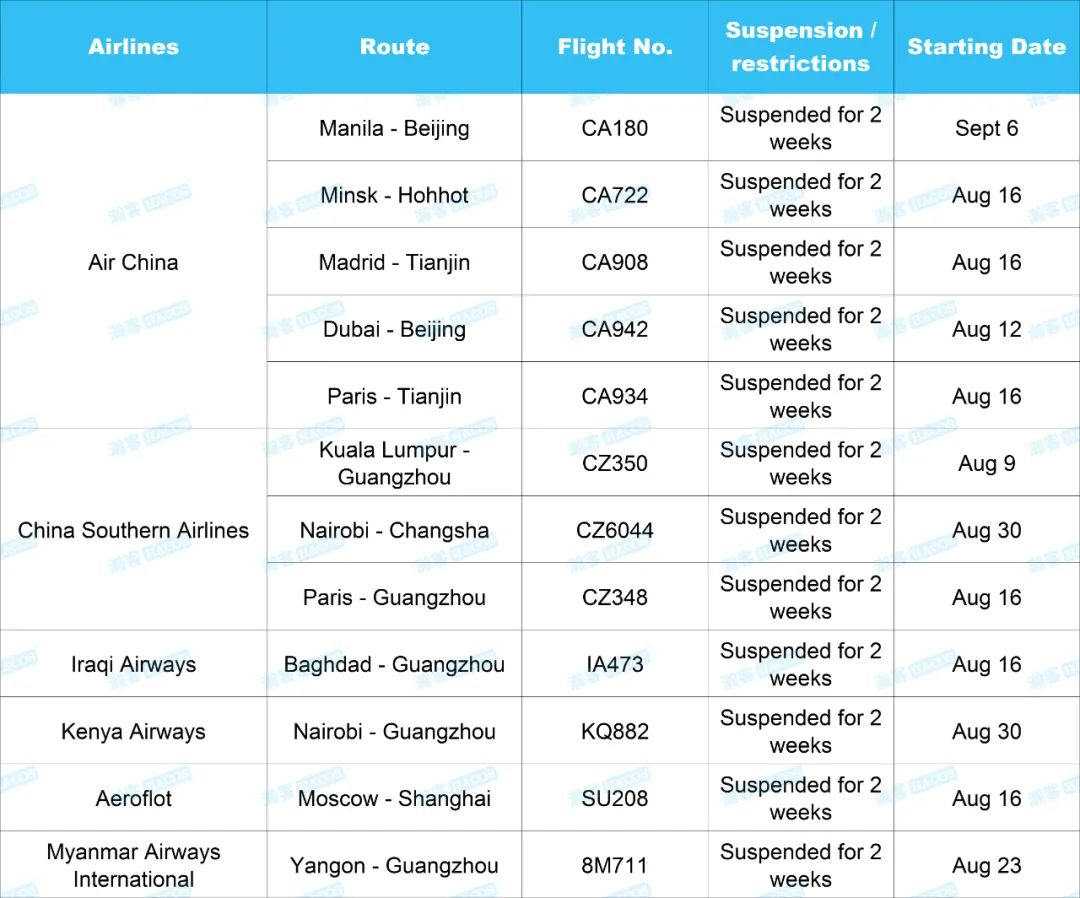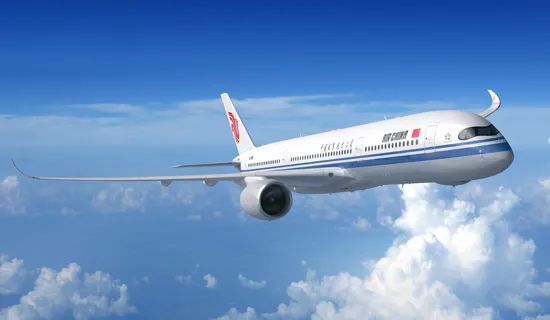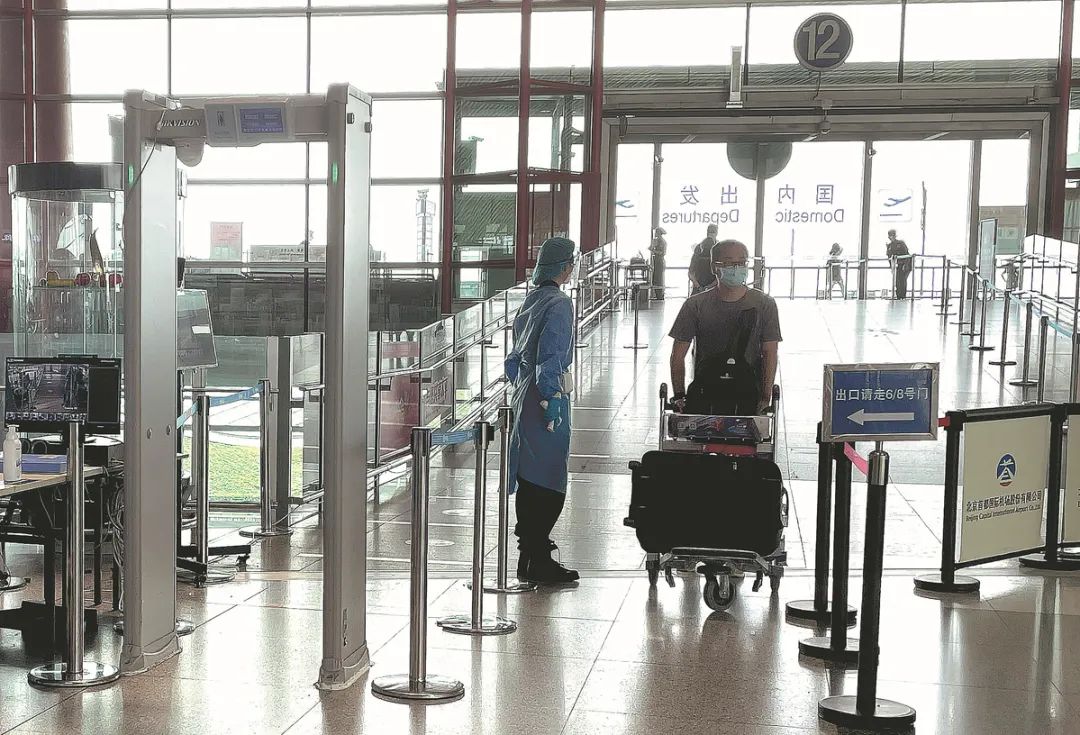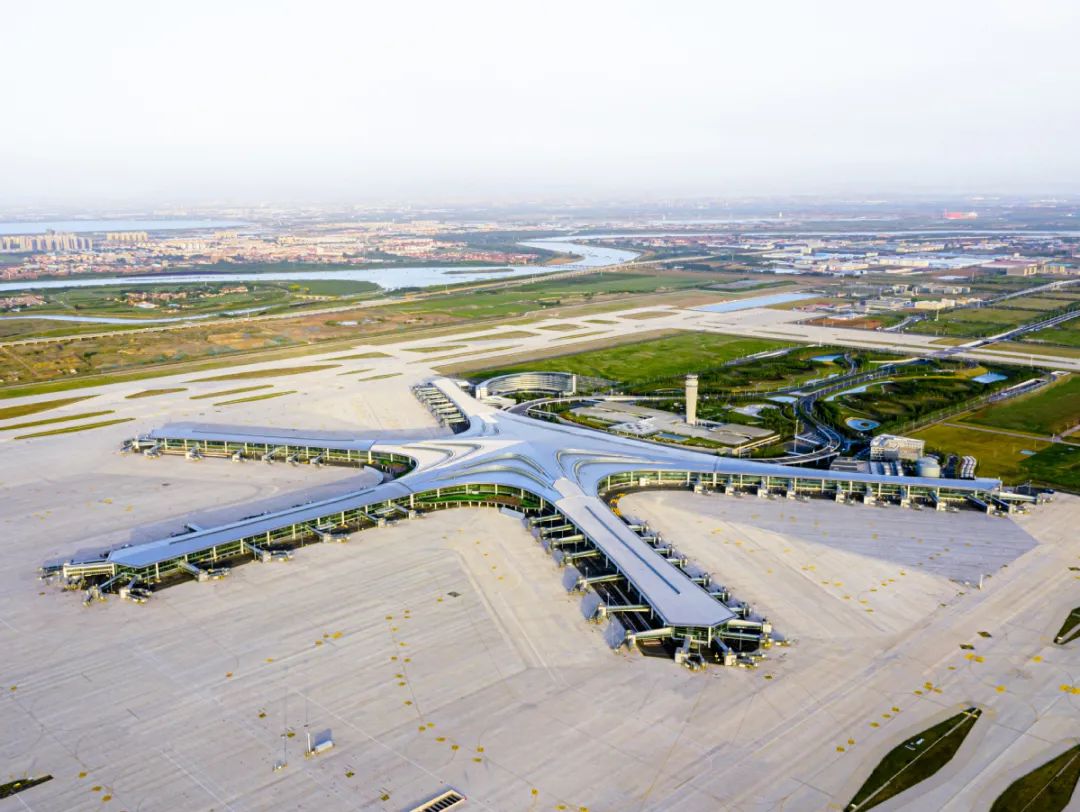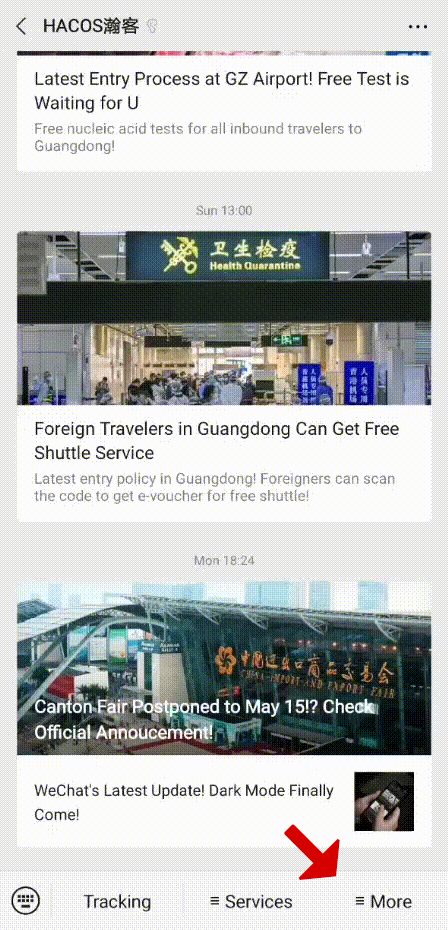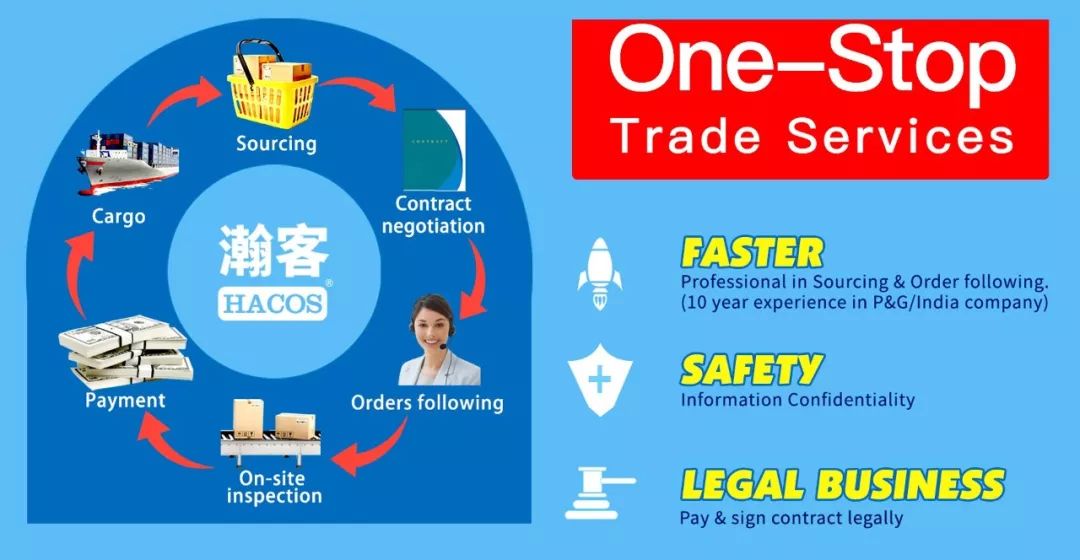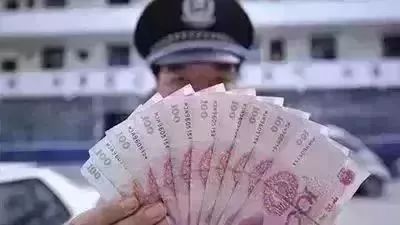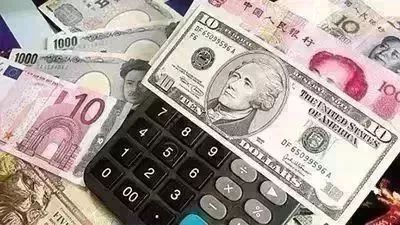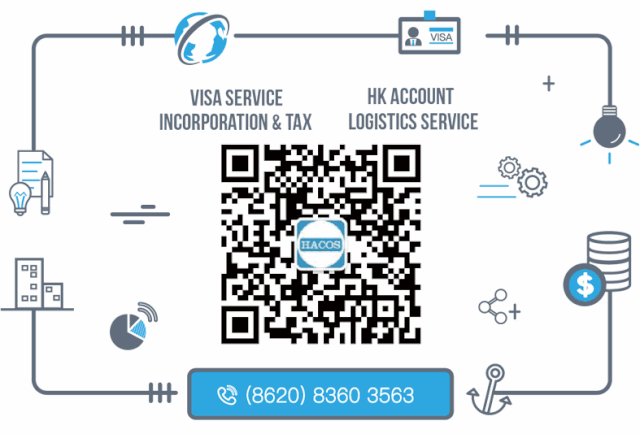
Guangzhou has issued measures on IIT subsidies for talents in Guangdong-Hong Kong-Macao Greater Bay Area (GBA). Today, we are gonna share more info about the measures and tell you how to calculate the subsidy.
In order to attract high-level overseas talents and promote the development of Guangdong-Hong Kong-Macao Greater Bay Area (GBA), Guangzhou re-informed the Measures for the Administration of Financial Subsidies under the Preferential Individual Income Tax (IIT) Policy in the GBA.
We’ve posted an article introducing the measures, you can check it via the following link ↓↓↓
Today, we will tell you how to calculate the subsidy with detailed formula.
What is the IIT subsidy for talents in GBA?
Overseas high-end talents and overseas critically-lacking talents who work within the administrative area of Guangzhou shall be given financial subsidies if their IIT paid in Guangzhou exceeds the tax calculated at 15% of taxable income. The subsidy is exempt from IIT.
The computation of the balance of the IIT shall be based on one tax year, which begins on Jan 1st and ends on Dec 31st of the Gregorian calendar.
What are the IIT paid in GZ referred to in the Measures?
The “taxes paid” refers to IIT paid for the following income streams in accordance with the Individual Income Tax Law of the People’s Republic of China:
-
-
Income from remuneration for personal services;
-
Income from author’s remuneration;
-
-
Business operating income;
-
Subsidized income from talent projects or talent programs administered by governments, governmental departments or institutions directly affiliated with governments at the district level or above.
How to calculate the subsidy?
Financial subsidies shall be ranted in a lump sum based on categorized IIT computation (comprehensive incomes shall be computed with comprehensive method).
The annual settlement and payment shall be handled and have been handled according to the tax law
Where the categories of individual incomes belong to comprehensive income or income from business operation, which shall be settled and paid in accordance with the provisions of the tax law, the paid amount of IIT shall be based on the actual amount of tax paid in the whole year after the settlement and payment procedures of tax refund/arrears in the following year.
The tax law stipulates that there is no need for annual settlement
If the individual income is not subject to settlement under the tax law, the amount of IIT paid shall be based on the actual amount of tax paid in the whole year after tax refund/arrears payments.
What is the computation formula?
IIT balance = IIT paid – taxable income × 15%
Annual financial subsidy = ∑ (IIT balance by category each year × the proportion of IIT paid by category × subsidy period coefficient)
Note:
The proportion of IIT paid by category = the amount of IIT paid by category in GZ each year ÷ the amount IIT paid by category in China each year
Subsidy period coefficient = taxable income for the period entitled to financial subsidies ÷ taxable income for the whole year
Computation of IIT balance of residents
① Resident comprehensive income categories (including four categories i.e wages and salaries, incomes from remuneration for personal services, authors remuneration and royalties)
IIT balance = the amount of IIT paid on comprehensive income – the amount of taxable comprehensive income × 15%
② The category of income from business operation
IIT balance = the amount of IIT paid on income from business operation – the amount of taxable income from business operation × 15%
③ The category of subsidies obtained by being enlisted in talents projects
IIT balance = the amount of IIT paid on subsidies obtained by being enlisted in talents projects – the amount of taxable income from subsidies obtained by being enlisted in talents projects × 15%
Computation of IIT balance of non-resident individuals
① The category of wages and salaries of non-residents
IIT balance = the amount of IIT paid on wages and salaries – the amount of taxable income from wages and salaries × 15%
② The category of income from remuneration for personal services of non-residents
IIT balance = the amount of IIT paid on remuneration for personal services – the amount of taxable income from remuneration for personal services × 15%
④ The category of royalties of non-residents
IIT balance = the amount of IIT paid on royalties – the amount of taxable income from royalties × 15%

Getting confused? Don’t worry, HACOS can help!
HACOS has always been committed to providing customers one-stop business solutions including reliable financial and tax planning. Please feel free to contact us if you have any questions!

In order to help you reach the latest update on the global pandemic situation, HACOS has set a quick link on the menu of our WeChat page. Follow us, you can check it whenever you want!
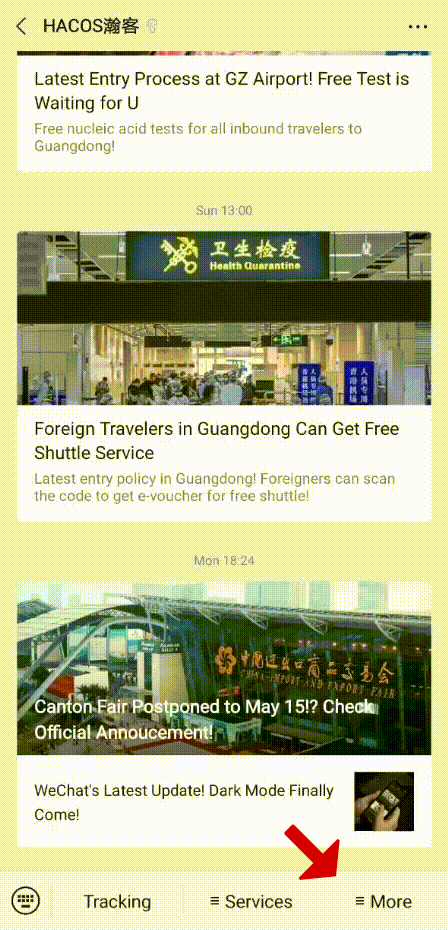
Share to let your friends know!
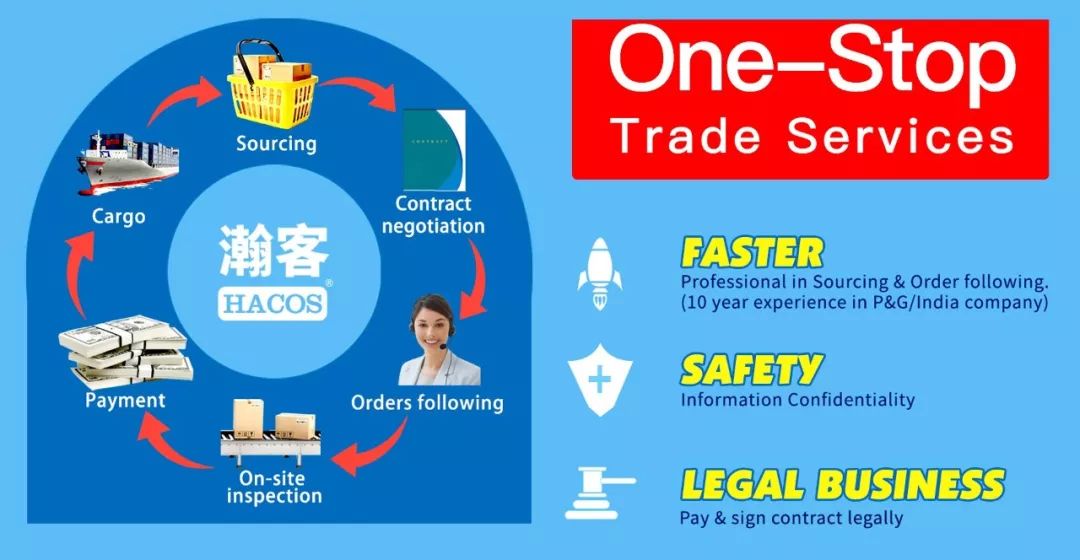
SOURCE | 广州税务
